There's no definitive answer for how long your tyres should last, but it’s recommended that you should always replace your tyres once they are ten years old. The advice for how many kilometres your tyres last varies widely from 10,000 to 50,000 kilometres.
The lifespan of your tyres will vary depending on a number of factors including:
Even if your tyres look like they're in good condition, it’s recommended you replace them after ten years from their manufacture date. This includes spare tyres. Even if you think your tyres could last a little longer, it’s better to be safe than sorry.
Regardless of how far you drive, once your tyres are five years old you should get them checked yearly. After five years a tyre will begin to deteriorate, as it dries out and the rubber loses its suppleness. This happens whether you drive a lot or very little, and also affects your spare tyre. Your mechanic should check your tyres as part of your regular service, or you can get them checked at a tyre shop. Many tyre shop offer a free tyre health check.
There are some easy ways to check your tyre's condition, as well as some simple steps to lengthen their lifespan so you can save money on tyre replacements.
Tyre tread is the rubber on the tyre that makes contact with the road or ground. The grooves on your tyres is the tread pattern. The tyre tread is the raised section that touches the ground when you drive.
As a tyre ages and wears down, the tread is worn off. This reduces its effectiveness and safety. The grooves in the tread are specially designed to keep you safe in a range of driving conditions. In fact, there are a variety of different tread patterns for this reason: some patterns are optimised for driving on snow, or to reduce noise or increase grip.
In fact, there are a variety of different tread patterns for this reason: some patterns are optimised for driving on snow, or to reduce noise or increase grip.
The grooves in tyres also allow water to be expelled to prevent hydroplaning. If the depth of the grooves wear down too far, your tyres can’t expell all the water they encounter. This creates a thin barrier of water between the tyre and the ground, causing the car to skid across the wet road.
An easy way to check your tread pattern is to put a coin into the groove to see how deep it is. If you stick a 20 cent coin in and the tread isn’t touching the platypus’ bill, it’s too shallow. You can also check by running your hand over the tread and making sure you can feel all the grooves.If you aren’t sure, take your car to a tyre shop for a checkup.
Look for a tread wear indicator on your tyre, usually marked by a triangle on the sidewall of the tyre. Inside one of the grooves in line with that triangle, you will see or feel a raised section which indicates the minimum depth of the tread. If the rest of the tyre is level with this raised section, your tyre is due for replacement.
If the rest of the tyre is level with this raised section, your tyre is due for replacement.
We organise the technology, damage cover and support so you can safely rent out your car and earn an income.
Park your car away from direct sunlight. This will minimise the damaging effects of UV rays on the rubber. If you don’t have an indoor parking spot, try to park in a shady area.
Check that each tyre is wearing at a similar rate. To keep your tyres wearing evenly, rotate them regularly – including the spare if it’s a full sized tyre – so that the front tyres are placed on the rear of the car and vice versa. You should do this every service or every 10,000 kilometres. Your front tyres will wear more quickly because of the position of the steering, so it’s important to rotate them regularly to spread the wear evenly.
Your wheel alignment will affect how long your tyres should last, and the way your car handles. Your mechanic should do this as part of your regular service, but if you're concerned that your wheel alignment is off, take it in to the mechanic or tyre shop for a check and re-alignment.
This should be obvious, but drive carefully. Don’t be a wannabe stuntman: aggressive cornering, burnouts and hard braking will all wear your tyres down quickly (not to mention the safety concerns).
Aside from the safety and legal issues, higher heat generated from high speeds wears tyres prematurely.
The heavier your car, the more pressure you are putting on your tyres, so don’t overload it by driving around with a boot full of junk. Make sure to remove any heavy items you don’t need in your car.
It’s easy to find your tyre’s correct correct operating pressure, usually measured in pounds per square inch (PSI). Check inside the driver’s door: there should be a placard there that will show the front and rear tyre pressure recommendations. Depending on the car, these may be different. If the placard isn’t in the driver’s side door frame, look inside the fuel door, the glove box or your car’s manual.
Check inside the driver’s door: there should be a placard there that will show the front and rear tyre pressure recommendations. Depending on the car, these may be different. If the placard isn’t in the driver’s side door frame, look inside the fuel door, the glove box or your car’s manual.
Check your tyre’s current pressure by heading to a petrol station with a tyre inflation service. Many of them offer it for free, or sometimes you may need to pay a dollar or two to use it. Attach the hose to the valve on each of your rims and the machine will do the rest of the work. Depending on the machine, you can either set the PSI you want, or manually fill it. Aim to check your car's tyre pressure monthly.
Bonus Tip:Take the valve caps off your tyres before putting your money in the machine to avoid running out of time!
It’s important to remember that there is no one final answer to how long tyres last.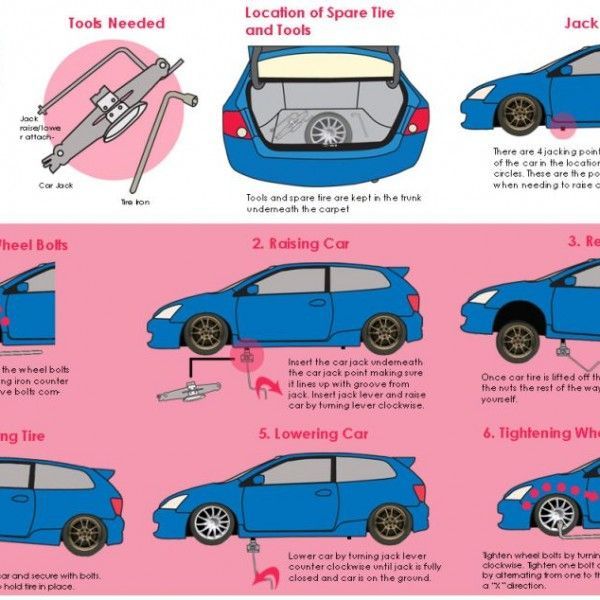 If you aren’t sure if your tyres are roadworthy, take them to a professional to get them checked.
If you aren’t sure if your tyres are roadworthy, take them to a professional to get them checked.
Do you know when to replace your tires? The good news is gauging the health of your tires isn’t as complicated as you might think. In most cases, figuring out when it’s time for a tire replacement only requires a quick look with a keen eye and maybe the help of a copper penny. You need to know what portions of the tires to look at and what the key tire replacment indicators are. In this guide, we will provide you with all the knowledge you need to accurately assess your tires, determine if they need to be replaced and when, as well as some tips for picking new ones!
Here are the three key concerns related to tire replacement:
In this tire replacement guide, we’ll answer these questions and beyond so that you can feel confident you’re replacing your tires with the best choices for your driving needs, local climate and vehicle safety.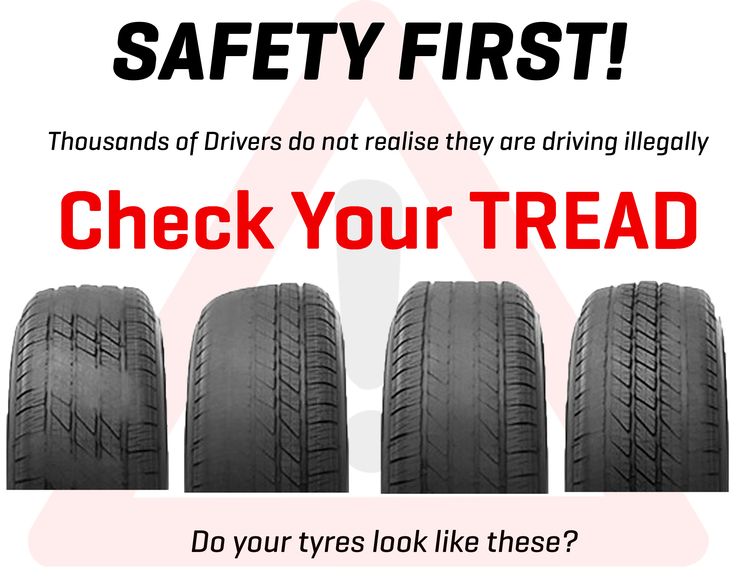
The most common question people ask is “How often should you replace your tires?“
Generally, there are two different factors that impact when to replace tires: wear and age.
Tire Wear: All tires eventually begin to experience wear. How the tire wears can be a indication of an issue with your alignment or tire pressure. Tire tread should wear evenly across the whole tire rather than on the inside or outside of the tire. The wear on your tires will happen regardless of how good of a driver you are, although it can be accelerated if you don’t take proper care of the tires.
Tire Age: Tire aging occurs when components of the tire, including the rubber, begin to change over time. This can happen due to environmental impacts and storage conditions, as well as the amount of usage the tire sees when being driven, or the tire sitting with no use.
Image Source: FIHSMV
Of course, unless you’re a tire expert, it can be difficult to know exactly when tire wear and age indicate that a tire is no longer safe to drive and needs to be replaced. If you’re wondering, “How do I know when my tires expire? “ A better question is “How old are my tires and when should I change them?” To answer that question, it’s time to learn how to read your tires!
If you’re wondering, “How do I know when my tires expire? “ A better question is “How old are my tires and when should I change them?” To answer that question, it’s time to learn how to read your tires!
Every tire has an indication that states when it was made, down to the week and year. This can help you answer the question: how often you should change your tires – even if you’re not an expert on the subject.
Industry standards say you should replace passenger and truck/SUV tires on average at 6 years and before 10 years of age. The timing depends greatly on how the tires have been used and the weather extremes it has been subjected to. How a vehicle has been stored can also impact when a tire needs to be replaced. If your tire passes the penny test, and a visual inspection does not show any cracks or damage, but the tire is 6-10 years old, the wisest course of action is to have them inspected by a tire shop to determine if you need to consider replacing them.
Knowing how often to replace tires isn’t just about taking good care of your vehicle and preventing expensive mistakes. Tires are an extremely important part of your vehicle’s safety.
Worn or old tires can lead to a variety of problems, including:
Additionally, uneven wheel alignments and balance problems will not only cause irregular and premature tire wear, they can cause expensive problems for your vehicle, leaving you dealing with a hefty car repair bill in the future.
Each year, roughly 11,000 tire-related wrecks occur on the road. Don’t blow off tire maintenance as something only “car people” do. Every driver on the road should are about the health and safety of their passengers and vehicles.
Many people ask “How long do tires last on average?“
The problem is, there’s not a set answer to that question – due to the variety of factors that can lead to a necessary tire replacement. These factors include:
These factors include:
Every driver faces different conditions and cares for their cars differently. The bottom line is that you need to be aware of your own driving habits, environment, and tires to ensure you’re replacing your tires when necessary.
The following tips will show you how to tell if tires are worn and need to be replaced soon. Although it is always best to seek professional help with tires, these signs will indicate that you should begin researching new tires for your car.
Although it is always best to seek professional help with tires, these signs will indicate that you should begin researching new tires for your car.
 If your tires have been worn down unevenly, you may feel a vibration in the steering wheel when driving. Vibration can also be caused by poor alignment so it is important to have a tire professional determine the cause of the vibration.
If your tires have been worn down unevenly, you may feel a vibration in the steering wheel when driving. Vibration can also be caused by poor alignment so it is important to have a tire professional determine the cause of the vibration.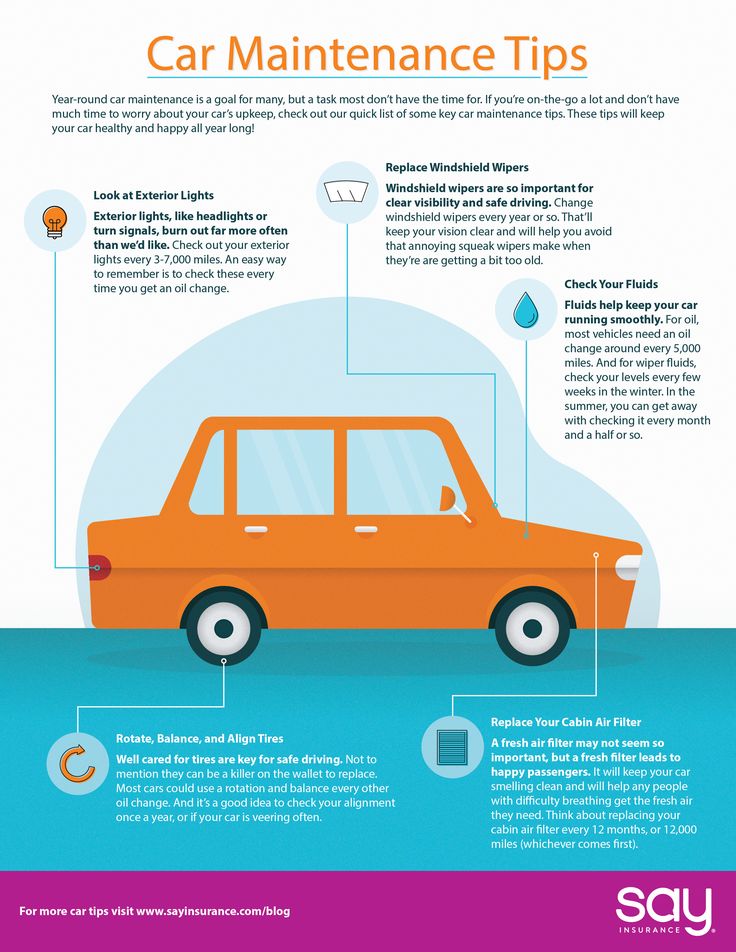 Moisture can leak into the tire, causing the steel parts to rust. Lodged items can weaken the area of the tire and possibly lead to dangerous blowouts if not dealt with in a timely manner.
Moisture can leak into the tire, causing the steel parts to rust. Lodged items can weaken the area of the tire and possibly lead to dangerous blowouts if not dealt with in a timely manner.After you have figured out when to change tires, you’ll find that selecting replacement tires a bit of a process. You’ll need to start by assessing your driving habits, the types of terrain and seasons you will be driving in, to determine what you need in a tire. You should also evaluate how well you feel your current tires performed in longevity, handling, ride, noise and any other category you have noticed.
After that, you’ll be able to match your driving style to the perfect tire type. To help jumpstart your research, here are a handful of the most popular tire categories, seasonal applications, and the features that make them great fits for particular drivers’ needs.

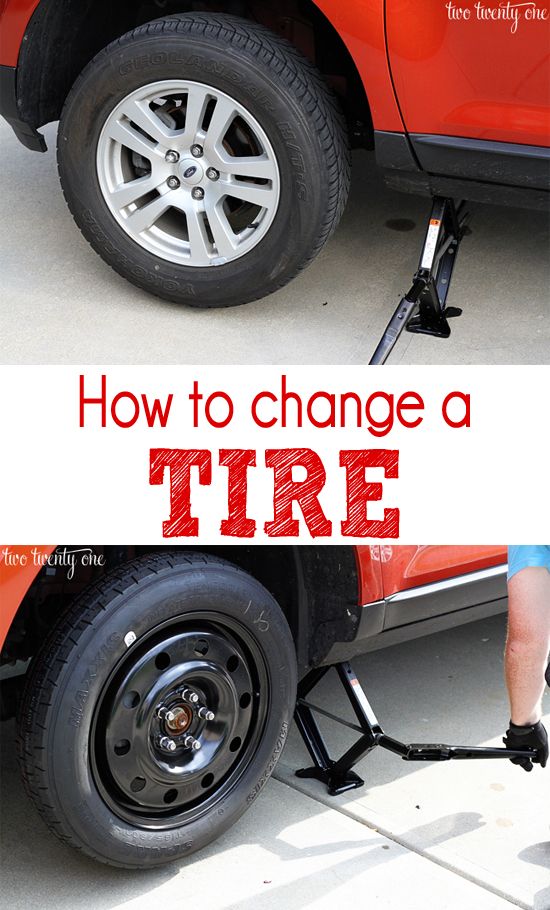 They can be used all year round and offer excellent traction and performance in all weather.
They can be used all year round and offer excellent traction and performance in all weather.Before you decide which tire you need, think about what kind of driving you do. If you drive primarily on the highway and city streets, you may need a highway or touring tire. On the other hand, if you typically drive on back roads AND need on-pavement capability, an all-terrain might be your best bet.
If you face severe winter weather during certain points of the year, you will likely need to upgrade to a tire that can handle those conditions.
First pick the category of the tire to fit your driving needs, then decide on the season that best suits the climate you live in.
The NHTSA has rated more than 2,400 tire lines. You can use the official NHTSA website to check out the details on specific tires.
The treadwear grade rates how well a tire compares to others in a specific test. A tire with a grade of 3000 wears three times as long as a tire that only has a grade of 100. However, you should keep in mind that different driving styles, road conditions, and levels of maintenance can also impact treadwear.
This refers to the tire’s ability to stop on different kinds of surfaces, including asphalt and concrete. AA is the best rating a tire can receive, followed by A, B, and then C.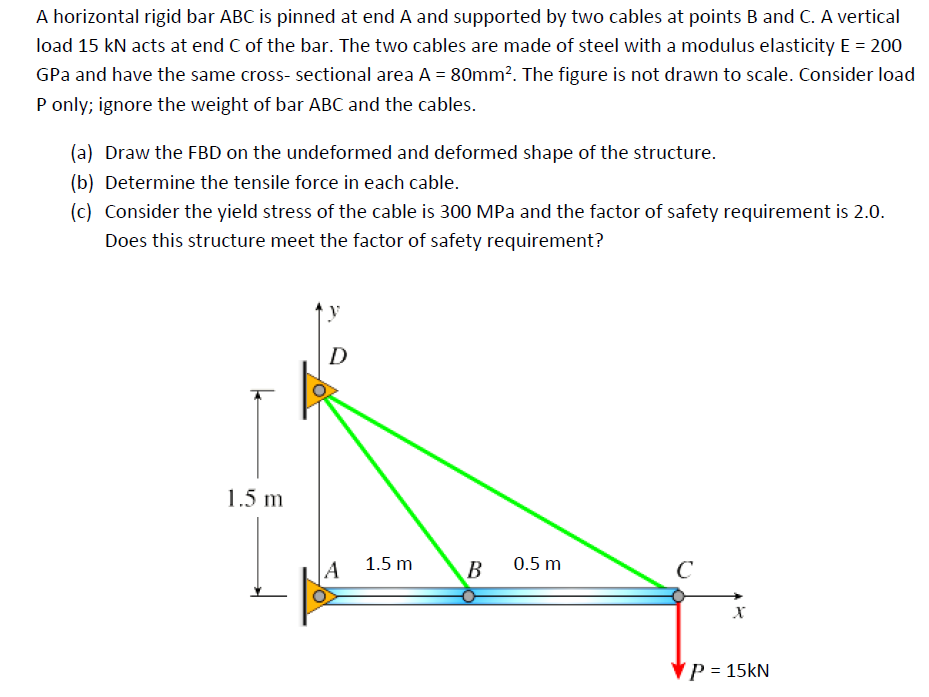
The temperature rating indicates the tire’s resistance to heat. A is the highest rating, followed by B and then C.
Some people, in an effort to save money upfront on the tire replacement cost, turn to old (used) tires as replacements. However, this can be a risky strategy, even if it does save money initially.
Here are some of the issues you can face when buying second-hand tires as replacements.
Last but not least, people generally don’t pay attention to their spares as they decide when to get tires replaced. Because the spare isn’t used much, people assume that it doesn’t experience wear or tear and that it doesn’t need to be replaced.
However, even spare tires need to be replaced after a certain amount of time. Be sure to check the date of production on the spare before deciding not to replace it. If you’re not sure how to check the date of your tire, refer to our post on DOT Date Code.
Don’t forget to pay attention to visible kinds of age as well. Just because a tire hasn’t really been used doesn’t necessarily mean it stays protected from cracks or cuts, as well as other problems that come with age including:
Whether a tire has been driven or not, its lifespan can be affected by its storage condition and treatment. If you know you will be parking your vehicle for a period of time, it is a good idea to protect the tires from sun and freezing temperatures, move the vehicle periodically to prevent flat spots, and even jack the vehicle up safety to prevent damage. If you are storing winter or summer tires, it is best to store them in a cool, dry location away from sun and other weather elements.
To sum things up, here’s a list of the most frequently asked questions, as well as some brief answers to steer you in the right direction when replacing your tires.
Although this answer does depend on a number of factors including the type of car, your driving style, etc., there is an average estimate for how often you should change your tire. In general, most vehicles travel about 15,000 miles per year, which equates to around 45,000 miles every three years. If you to take into account the tire mileage warranty and amount you drive over the course of a year (over 15k miles), this will give you a good indication of how often you will need to replace your tires.
This is a topic of much debate. However you will find most vehicles, regardless of if they are front wheel drive or all wheel drive, will wear the tires on the front more rapidly than the rear.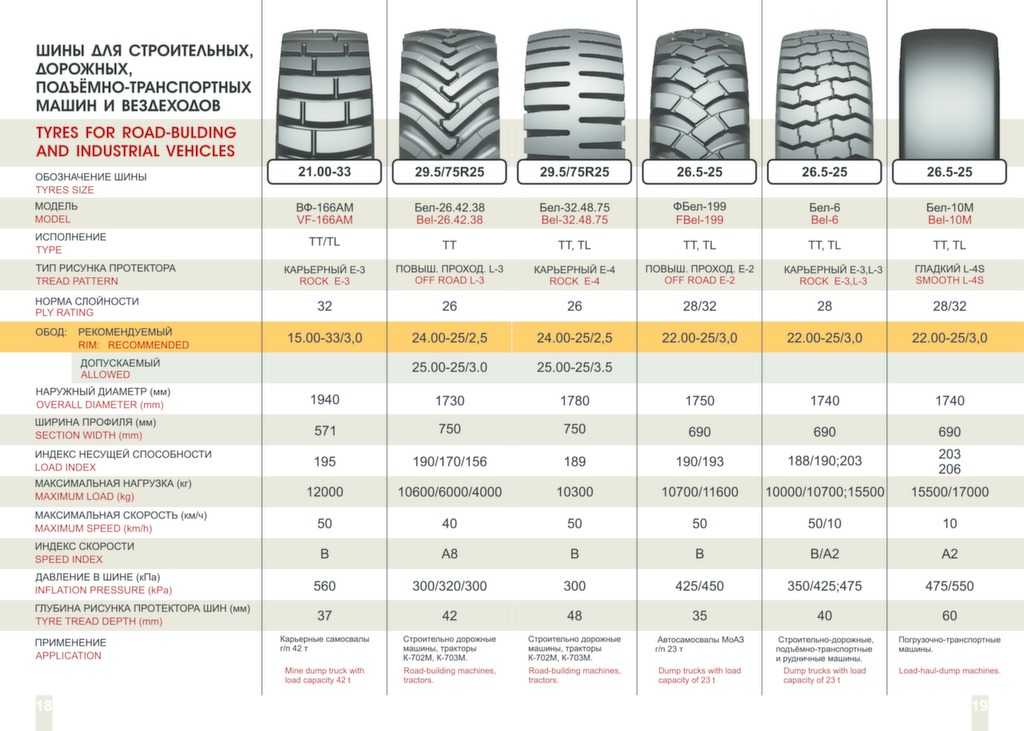 The front tires are responsible for the steering, acceleration and braking, while the rear wheels typically just follow. Most vehicles also have most of their weight on the front of the vehicle, causing the front tires to handle more load than the back tires.Since the wear and tear on the front and back wheels can be different, the answer to which tires wear faster, is typically the front tires.
The front tires are responsible for the steering, acceleration and braking, while the rear wheels typically just follow. Most vehicles also have most of their weight on the front of the vehicle, causing the front tires to handle more load than the back tires.Since the wear and tear on the front and back wheels can be different, the answer to which tires wear faster, is typically the front tires.
All-wheel drive vehicles must have all four tires replaced at once. You don’t have the option to replace just two at a time.
Because tires wear unevenly front to back, regular rotations will allow you to get longer use out of your set of tires by wearing the tread more evenly. Front tires will wear the outside edges down more quickly, so rotation allows you to always have the most tread on the outside of the tire. Not rotating will result in one set of tires wearing and likely needing to be replaced sooner than the other set.
First things first: check your vehicle’s owner’s manual to see if it has a recommended rotation scheme. Tires should be rotated roughly every six months or every 6,000 to 8,000 miles. A good rule of thumb is to rotate the tires every other time you get an oil change.
Tires should be rotated roughly every six months or every 6,000 to 8,000 miles. A good rule of thumb is to rotate the tires every other time you get an oil change.
Placing a penny head into the grooves of your tire can help you determine if the tire needs to be replaced soon. If you can see the top of Lincoln’s head, your tires are likely shallow and worn. Use this as an indication of when you should have a tire professional examine the situation.
If you are replacing only one pair of the tires on your vehicle, these new tires will have a deeper tread depth. Be sure to install the new tires onto the rear axle for better control when driving on wet and winter roads.
Ideally, you need to replace two tires with matching new ones. However, the most important thing is to install tires with similar performance features. For example, you should never put two high-performance tires with two touring tires.
Generally, it’s smart to replace tires in pairs (both in the front or in the back). Although replacing all four at once is the easiest, if you need to save money, you can do one pair at a time. If you’re wondering “can I replace just one tire?“ the answer is typically no. The difference in tread depth and stance can throw off your vehicle’s performance.
Most tire sellers would likely recommend that you avoid mixing tires from different categories. They can be different brands, as long as the internal construction and size are the same – but pay close attention to the stance of the tires and be sure they are very closely matched
Nope! Just make sure that all of the tires are evenly matched and appropriate for your vehicle and your driving habits.
It’s difficult to give a firm answer to this question. Generally, most tires typically last for three to five years. That’s when roughly 12,000 to 15,000 miles are put on the car annually.
Generally, most tires typically last for three to five years. That’s when roughly 12,000 to 15,000 miles are put on the car annually.
The best things to do to make your tires last as long as possible are:
Once you get your new tires installed, take it easy on the road for a while to break the tires in. New tires may feel different than the tires you replaced, since they are likely performing better than a worn tire, and have the latest technology.
Also, if you changed categories of tires, you might experience a big change in the feel of your drive. For example, switching from an highway to an all-terrain tire might change the roughness and noise of your drive, as well as your fuel consumption.
Deciding when to replace your tires is an important decision, both for the safety of your vehicle and that of others. Use the above guide to steer you in the right direction and help determine exactly when you should make the switch to brand new tires.
Additionally, deciding what to replace is important. You can increase (as well as decrease) the comfort, fuel efficiency, noise, tread wear, or other aspects based on the decisions you make with new tires.
Join Today For Free
0003Related materials
7 rubber signals: what the tire says about car problems
How do you know when tires are completely worn out and it's time to change them? Everything is simple. For summer tires, the limit is 1.6 mm of residual tread depth, and for winter (or all-season tires used in winter) - 4 mm. Modern summer tires can travel from 40,000 to 70,000 km, depending on driving style and vehicle characteristics. An average motorist rolls such a mileage on summer tires in 2-3 seasons. Moreover, wear implies not only a decrease in tread depth. For millions of cycles of deformation, the strength of the carcass and its adhesion to the layers of the rubber compound are violated. In short, every 2-3 years you should buy a new set of tires. nine0003
An average motorist rolls such a mileage on summer tires in 2-3 seasons. Moreover, wear implies not only a decrease in tread depth. For millions of cycles of deformation, the strength of the carcass and its adhesion to the layers of the rubber compound are violated. In short, every 2-3 years you should buy a new set of tires. nine0003
In case of irreparable damage to one of the tires and a relatively high total mileage of the kit, it is also worth considering replacing it. Well, or about buying at least a pair of new tires, which, for any type of drive, should be installed on the front axle. We put two tires back - the most decent of the remaining ones.
Many motorists drive only a few thousand kilometers a year. This does not mean that the tires will serve you for several decades. According to Russian requirements (GOST 4754-97), the service life of passenger car tires is 5 years from the date of manufacture. And for example, Continental recommends that all car tires (including the spare tire) older than 10 years old should be replaced with new ones. Therefore, with small runs, you can navigate for ten years. The date of manufacture of the tire is indicated on the sidewall. Usually it is an oval with four numbers. The first two are the ordinal number of the week in the year, the last two indicate the year.
Therefore, with small runs, you can navigate for ten years. The date of manufacture of the tire is indicated on the sidewall. Usually it is an oval with four numbers. The first two are the ordinal number of the week in the year, the last two indicate the year.
Related materials
How to change the car yourself - detailed instructions
Tires should be rotated periodically in accordance with the vehicle manufacturer's recommendations - information on this can be found in the owner's manual.
We can advise you to carefully use the tires and, most importantly, to store them correctly in the off-season. First of all, during storage, it is important to exclude direct sunlight from hitting the tires, which greatly age the rubber. Tires without rims should be placed vertically, and stacked on rims. nine0003
And before installing tires on a car at the beginning of the season, evaluate their condition.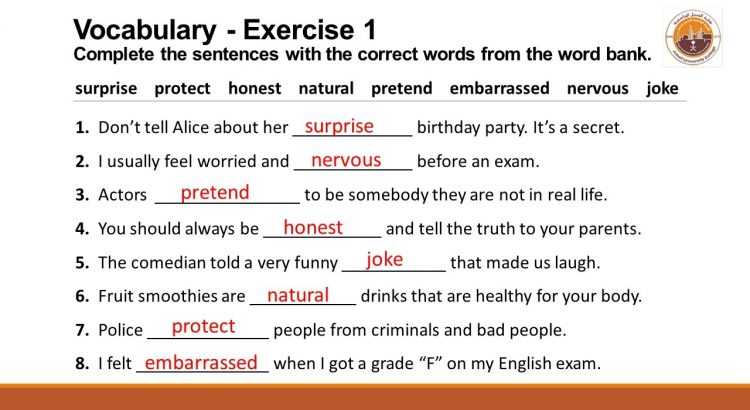 There should be no cracks in the tread and sidewalls. The tire should not be dry, it should remain rubbery and not look like baked plastic.
There should be no cracks in the tread and sidewalls. The tire should not be dry, it should remain rubbery and not look like baked plastic.
Related materials
Driving on badly worn tires - will I be fined or not?
Winter tires have a much shorter life span. They almost always fail due to the wear of the treadmill, because the tread of a new tire is 7–8 mm, and only 3–4 mm remain working height. If the tires are studded, then with such wear there are very few metal elements left, and the tire will not provide adequate safety when driving on a winter road. However, not only spikes, but also Velcro, with such a degree of wear, also lose most of their capabilities. nine0003
The real life of winter tires rarely exceeds 30,000 km. "Bald" winter tires without studs can be re-rolled in summer, but their grip on hot road surfaces will be very poor. This must be taken into account, especially when braking.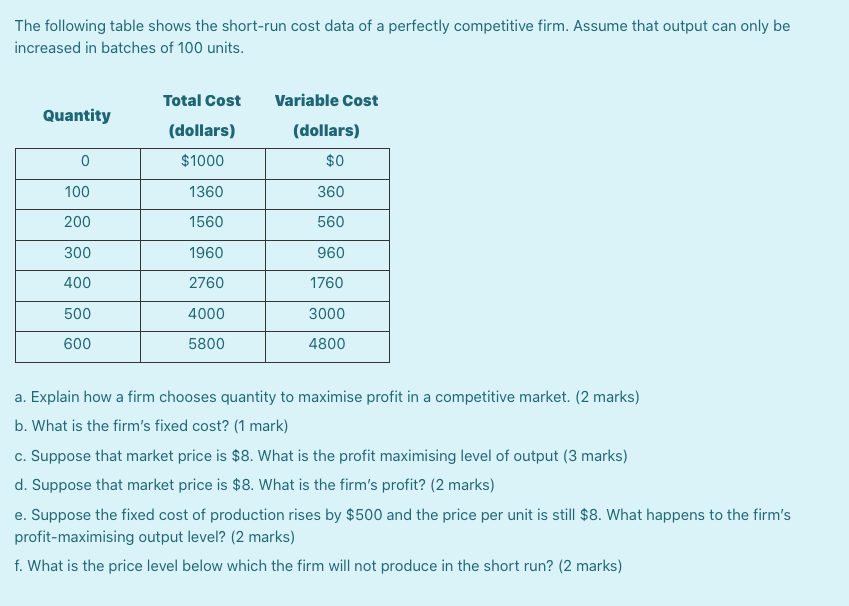
***
So: tires that have not yet worn out along the tread (that is, up to 1.6 mm tread depth for summer tires, 4 mm for winter tires) are changed either ten years after the date of issue, or when the rubber layer cracks tires or damage. nine0003
Our new video Subscribe and you will always be in the know!
Driving in Zen
News smi2.ru
Many drivers will have their own opinion on this matter. Some will focus on the requirements of the law, namely the minimum tread depth. Others will say that tires should not be used for more than five years, after which the rubber loses its properties and becomes "wooden". Still others will remember that they read about mileage limits ranging from 40 to 60 thousand kilometers. The fourth will operate only with the amount of money in the wallet.
There is, of course, a very desperate group of motorists. These guys drive to the last and erase the "meaty" tires to the state of a racing slick. Well, individual adepts can be seen rustling spikes on the asphalt in mid-July. nine0003 How do you like the rear tires of this Mitsubishi Galant?
Whose approach is correct? There is no definite answer, except that the latter pose a serious danger both to themselves and to other road users. Almost all the remaining methods have some logic behind them.
Driving with tires with less than the required tread depth is punishable by a fine. The police rarely pay attention to this, but it is worth keeping in mind the administrative responsibility. So, according to part 5 of Article 590 of the Code of Administrative Offenses of the Republic of Kazakhstan, 5 MCI, or 13,890 tenge in 2020, will have to be paid to the treasury. Repeated violation within a year increases the penalty to 20 MCI (55,560 tenge).
The minimum residual tread depth is specified in clauses 5. 6.1 and 5.6.2 of Appendix No. 7 TR TS 018/2011 "On the safety of wheeled vehicles". The text says that for passenger cars, the balance must be at least 1.6 mm for summer tires and at least 4 mm for winter and marked with signs: M + S, M & S and M S.
6.1 and 5.6.2 of Appendix No. 7 TR TS 018/2011 "On the safety of wheeled vehicles". The text says that for passenger cars, the balance must be at least 1.6 mm for summer tires and at least 4 mm for winter and marked with signs: M + S, M & S and M S.
Note that measuring the tread depth with a ruler is an extreme step. Almost all modern tires have special wear indicators. As soon as they appear, the rubber should be replaced. nine0003
The average life of almost all tires from major manufacturers is 7-10 years, depending on their seasonality. True, such a duration should be expected if a number of operational requirements are met. These include driving on high-quality roads with optimal tire pressure, correctly set wheel alignment angles and a normally working suspension.
Tire age can be found by a special marker. The four digits enclosed in an oval (more often found on the inner sidewall) are the DOT marking, in a simple way, the production date.
The first two digits indicate the week, and the last two indicate the year of production. nine0003
Any of the above parameters can significantly reduce the life of rubber. For example, with insufficient pressure in the wheel, the side parts of the tread will wear off faster, with high pressure, its middle part. Violations in the geometry lead to uneven tire wear.
The middle part of the tread is more worn. The cause may be excess pressure in the wheelHow and where the rubber is stored is also an important factor. Manufacturers recommend a dry, cool and dark room. nine0003
In Kazakhstan, you should not count on more than five years of operation. Nevertheless, one set of wheels can really drive for about ten years. Whether it's worth it is a completely different question. From personal (almost) experience: tires manufactured in one of the CIS countries served from mid-2008 to spring 2018. The annual mileage of the car was small, about 10,000 km per year, including sorties on light off-road. The rest of the tread after all this time would have allowed the same amount of travel, but when one of the tires was removed for repair (the wheel was regularly flattened), the landing board literally crumbled. nine0003
The rest of the tread after all this time would have allowed the same amount of travel, but when one of the tires was removed for repair (the wheel was regularly flattened), the landing board literally crumbled. nine0003
Another benchmark for tire replacement is mileage. There are often recommendations on the Web that refer to GOST. Their text says: for passenger cars with a carrying capacity of up to two tons, the service life of tires is 45,000 kilometers.
You can also find references to the operating mileage standards for vehicle tires approved by the Ministry of Transport of the Russian Federation. In them, the average service life varies from 40 thousand kilometers for Russian rubber to 60 thousand for foreign. Note that this document became invalid after the entry of the Technical Regulations of the Customs Union. nine0003
You can also determine how much a tire can run by using the Treadwear (TW) parameter, which indicates the tire wear index. He rarely receives attention.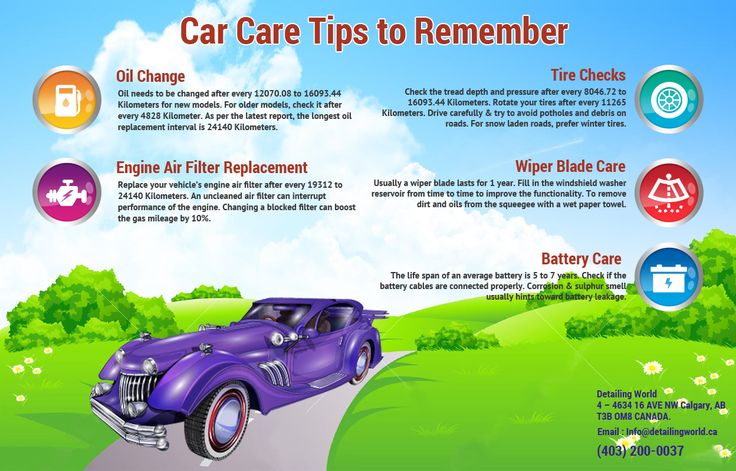 This figure is usually of interest to those who plan to operate the car in a sports environment. Soft and, accordingly, tenacious rubber has a fairly low TW, which racers are guided by.
This figure is usually of interest to those who plan to operate the car in a sports environment. Soft and, accordingly, tenacious rubber has a fairly low TW, which racers are guided by.
Surely you have a reasonable question about how the wear resistance index correlates with mileage. TW appeared thanks to the specialists of the National Highway Traffic Safety Administration (NHTSA). To calculate it, the tire at the test site is compared with a special sample, the TW of which is already known. nine0003
According to the methodology, the TW100 is equivalent to 48,000 mileage until the tires are completely worn out, that is, Nokian Hakka Green, for example, having a TW400, is capable of serving up to 192,000 kilometers. True, in the real world, wear is influenced by many factors that we talked about above, as well as driving style. Therefore, the results of calculations for TW are recommended to be divided by two. It turns out 96 thousand, or almost 5 years of operation, provided that in the warm season the car drives about 20 thousand kilometers.
In total, we have three parameters that should help with understanding how long tires will last if they are used correctly, and also tell you when to send a set of tires to the scrap and take care of buying new ones. This can be done on the Kolesa.kz portal using the search form in the "Spare Parts" section.
| | 36.